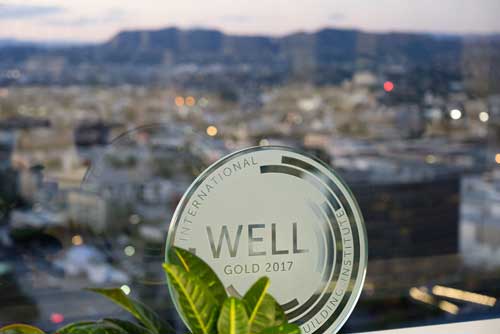Introduction: Green buildings not only care for the environment but also prioritize the health and wellbeing of those who live or work within them. In this context, certifications like WELL Certification promote an approach that considers not only energy efficiency and sustainability but also human health and comfort. In this blog post, we will explore what WELL Certification is, how it works, and why it is important for future green building projects.
Section 1: What is WELL Certification? WELL Certification is a certification system aimed at optimizing the indoor environments of buildings to enhance human health and wellbeing. This system evaluates factors such as air quality, lighting, water quality, nutrition, movement, mental health, and community connection within a building. Buildings are classified as WELL Certified when they prove they meet specific standards in these areas.
Section 2: How Does WELL Certification Work? WELL Certification requires taking specific measures during the design, construction, and operation phases to meet a set of criteria designed to enhance human health. For example, providing proper ventilation systems and limiting harmful chemicals might be necessary to ensure good air quality.
Section 3: Why Is WELL Certification Important? WELL Certification aims to improve the health and comfort of both building occupants and operators. This certification can increase a building’s value, become more competitive when combined with sustainability, and enhance employee productivity. Additionally, by merging environmental sustainability with a people-centric approach, it allows green buildings to have a more comprehensive impact.
Conclusion: WELL Certification is a crucial tool that ensures buildings are certified not only for environmental sustainability but also for human health and wellbeing. In future construction projects, it is expected to gain more acceptance and implementation. In a world where health and wellbeing have become top priorities, WELL Certification will continue to raise the standards for green buildings.

